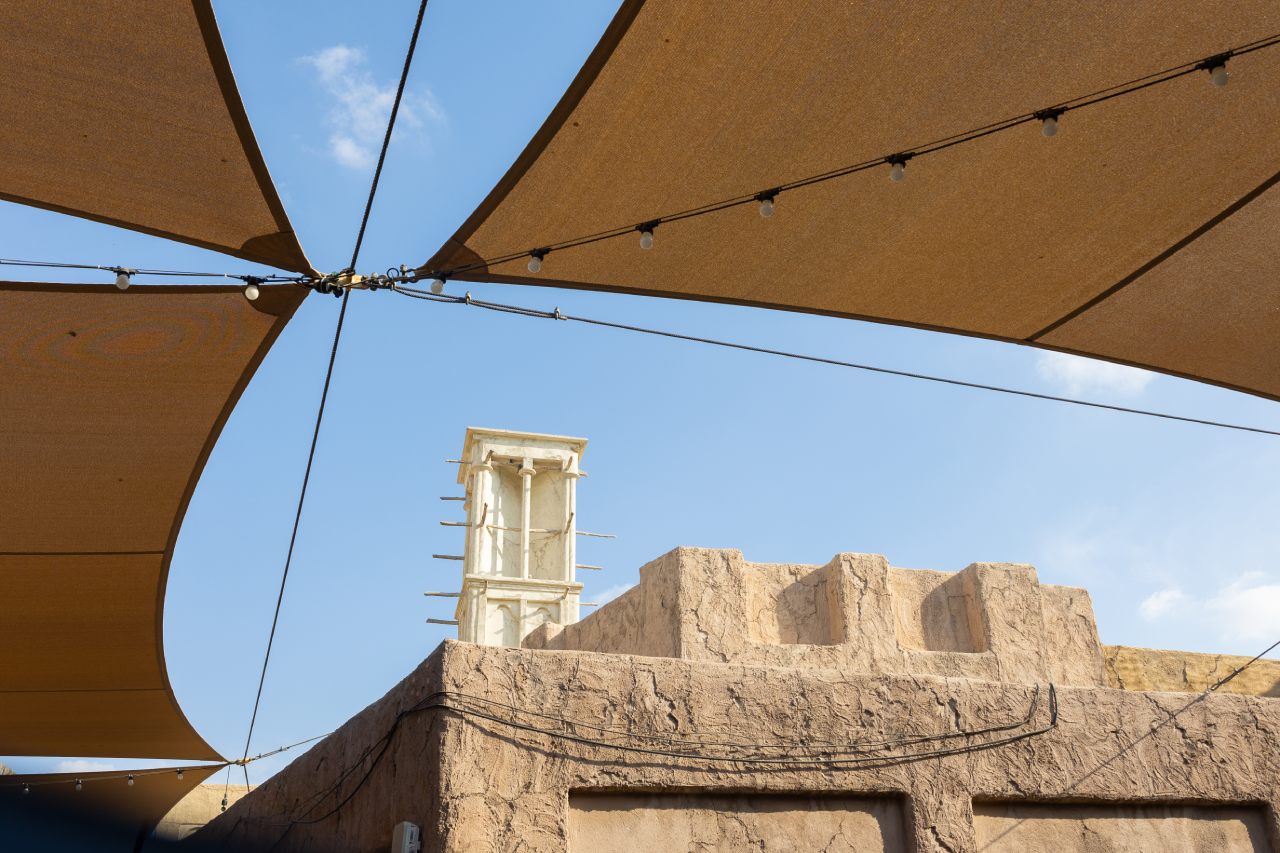
You might think Doha perfectly embodies modernity – and in many ways, it does. But if you take the time to look beneath the surface, you’ll discover a beautiful cultural facet that is still alive.
Doha’s shiny exterior is the first thing to grab your attention, but there is a cultural and historical undercurrent that travellers often miss. It is such a shame to overlook it, because that is where you find the true side of Doha – a city with a rich culture and history. Once you have had your fill of all the modern diversions and are ready to explore the city’s cultural side, head to Souq Waqif, where the city’s Bedouin heritage comes to life.
Souq Waqif is located at the very heart of Doha, only a short distance from the Corniche. It is easily accessible from most parts of the city. You can take a taxi or walk – though walking is only recommended during the cooler months. The area is also home to a selection of luxury accommodation options. Souq Al Wakra by Tivoli, one of the 5-star hotels in Doha, is no more than 20 minutes from the souq.
The souq has a long history, going back at least a century. It was located close to a dry riverbed called Wadi Musheireb, and its name pays tribute to these historical roots. Back then, Bedouin merchants would gather at the gates to sell their produce, mainly livestock. Over time, as the city prospered, the souq became a remnant of history, and its existence was almost forgotten – until 2003, when a fire laid waste to it. This highlighted the need for cultural preservation, and the government was quick to devise a plan and allocate funds to rebuild the souq.
In 2006, restoration work began. What you see today is a replica of the old market, built to closely resemble it. The reconstruction was carried out with the old architecture in mind, reflected in the narrow alleyways and sand-coloured buildings. Today, the souq is once again thriving, much as it did a century ago. It has become one of the city’s most popular attractions, giving rise to restaurants and hotels concentrated around the area. But it is more than that – it is a symbol of culture and history, reminding both locals and tourists of the city’s rich Bedouin roots.
Falconry is not a recent invention; it has a long history. Around 10,000 years ago, humans began using falcons to catch fast-moving prey. Over time, the art of falconry spread across cultures and borders throughout the Arabian Peninsula. This method of hunting was essential in areas where food was scarce – in other words, it was a matter of survival.
Today, however, falconry is no longer about survival but about sport. It has become a prestigious pursuit, often referred to as the sport of kings. At Souq Waqif’s Falcon Souq, traders have set up numerous shops selling birds of prey, along with high-quality merchandise related to falconry.
Souq Waqif was rebuilt without forgoing its Qatari heritage. In fact, it was designed to preserve the city’s cultural and historical roots and to remind people that Doha was once Bedouin – and proud of it. The design is reminiscent of Jerusalem’s ancient markets. Take a walk through it and you will feel as though you have been transported back in time, which is exactly the intention behind the design.
For centuries, markets have been part of everyday life across North Africa and the Indian Subcontinent, and Souq Waqif carries on that tradition. Give yourself enough time to soak up the old-world atmosphere of the market. Wander through its narrow streets, lined with shopfronts and old-style lanterns. Breathe in the spice-filled air, enjoy a coffee at a restaurant, and try shisha – before long, you will no doubt feel like a member of a Bedouin tribe.
When you visit Souq Waqif, be sure to stop by the Art Centre. The collection features both traditional and modern artwork. Walking through it feels as though you have stepped back to a time when people wore long robes and travelled with camels.
The centre opened to the public in 2013 and has been celebrating Qatari talent ever since. Its many halls house beautiful white and blue Arabic calligraphy, along with intricate handicrafts. If you are interested, you can even take part in a workshop.
This goes without saying – indulging in a little retail therapy at Souq Waqif is a must. The stalls are bursting with all sorts of items, both practical and ornamental. From clothes and jewellery to spices, incense, and even perfume, the market has it all.
Near Souq Waqif are several other attractions that Doha is known for, and they are well worth your time and attention. The Museum of Islamic Art, for example, is only a short walk from the souq, with a collection that spans over 14 centuries. The beautiful waterfront promenade, the Corniche, invites you for an evening stroll, while Al Koot Fort offers a glimpse into Qatar’s past. For even more cultural and historical insight, head to the Katara Cultural Village.
©2025 by Laudee Group